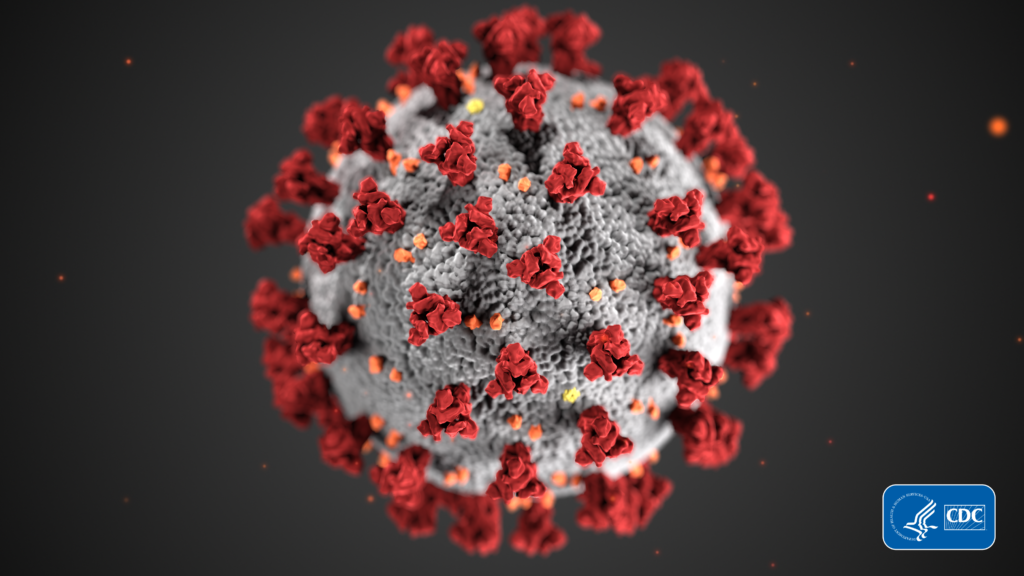As they respond to the worsening COVID-19 outbreak, home health providers and their post-acute care brethren are left in the dark with a number of unanswered questions.
The greatest mystery, of course, still revolves around the alarmingly high danger COVID-19 poses specifically to older, sicker adults. Normally, seasonal influenza and other viruses operate on a U-shaped curve, affecting young children and seniors with similar degrees of severity.
In China, for example, the fatality rate for individuals over 80 is estimated to be 21.9%, according to the World Health Organization (WHO). For those between the ages of 10 to 39, the death rate is roughly 0.2%, with fatalities and severe symptoms almost a non-factor among the youngest.
The statistics are even more striking when taking into account underlying medical conditions, which most post-acute care patients inherently have.
It’s this ongoing mystery that has left nursing homes so vulnerable, Mark Parkinson, president and CEO of the American Health Care Association (AHCA), said during a recent CNN interview. The Washington, D.C.-based AHCA represents nearly 14,000 skilled nursing facilities, assisted living communities and other care centers located across the country.
“The grim reality is that, for the elderly, COVID-19 is an almost perfect killing machine,” said Parkinson, who served as the governor of Kansas from April 2009 to January 2011. “The death rate is not the 1% that we’ve heard about in Korea or the 3% that we’ve heard about in China. It’s not even the [higher percentage] that we’ve heard about for people who are over 80.”
Currently, he said, the average age of nursing home residents is 84, with “everyone” having underlying medical conditions.
“When you combine those factors together, we are dealing, perhaps, with the greatest challenge that we ever have in the history of our sector,” Parkinson told CNN.
Contextually, AHCA’s president and CEO was answering a question about why Washington-based Life Care Center of Kirkland became the epicenter of one of the worst COVID-19 clusters in the United States. So far, a majority of the long-term care center’s residents have been affected by the coronavirus, with nearly 20 dying.
More than 60 Life Care Center of Kirkland employees have also been affected by the virus.
As of Wednesday, there have been zero reports of home health providers dealing with widespread coronavirus cases or struggling with employee absences due to illness.
While home-based care providers have the natural benefit of seeing patients in typically isolated, controllable environments, they nonetheless face the same demographic realities of nursing homes. In other words, there is no room for home health providers to let their guard down.
In 2016, roughly one in four home health patients was over the age of 85, according to the most recent Home Health Chartbook, compiled by Avalere Health and the Alliance for Home Health Quality and Innovation. In the same year, about 80% of all patients reported three or more chronic health conditions.
Additionally, nearly 30% of patients reported trouble completing two or more activities of daily living.
“I think the Chartbook continues to paint a picture that we already know in home health — that patients are more vulnerable, older, sicker, poorer and a more racially diverse patient population,” Jennifer Schiller, the Alliance’s director of policy communications and research, previously told Home Health Care News. “And it’s a population with needs that go across a spectrum.”
For nursing home operators, the plan of attack for keeping COVID-19 at bay is twofold: keeping the virus out of buildings in the first place, then quickly containing it once it gets in. As of Tuesday, at least five long-term care facilities have been hit by COVID-19, the New York Times reported.
Moving forward, home-based care providers will likely play a major role in solving the coronavirus problem. Already, though, they’ve likely had a beneficial impact by simply reducing the number of people residing in nursing facilities and senior living communities.
In the past, to ensure their complex needs were met, the oldest and sickest Americans would often move into long-term care facilities. That trend has drastically shifted over the past several years, thanks partly to in-home care providers becoming more clinically advanced.
At the same time, many hospitals and physicians have increasingly realized that SNF-level care can be delivered by home health agencies following discharge.
Over 23% of in-patient discharges in the first quarter of 2019 were coded for home health care, while less than 22% were coded for SNF stays, according to a 2019 report from Atlanta-based analytics and metrics firm Trella Health.
Unfortunately, the COVID-19 outbreak does not appear to be slowing, and the U.S. Centers for Medicare & Medicaid Services has now issued guidance for home health agencies to help inform their response plans.
The in-house doctor of Congress told Capitol Hill staffers that he expects up to 150 million people in the U.S. to contract the coronavirus, according to Axios.
Meanwhile, WHO has officially declared the coronavirus outbreak a global pandemic.
“WHO has been assessing this outbreak around the clock, and we are deeply concerned both by the alarming levels of spread and severity, and by the alarming levels of inaction,” WHO Director-General Tedros Adhanom Ghebreyesus said Wednesday.
Overall, there are now more than 1,000 cases and over 30 deaths in the U.S., with more than a dozen states declaring a state of emergency.
[Take HHCN’s Survey: Analyzing Home-Based Care Industry Impact of Coronavirus]
Companies featured in this article:
Alliance for Home Health Quality and Innovation, American Health Care Association, World Health Organization




